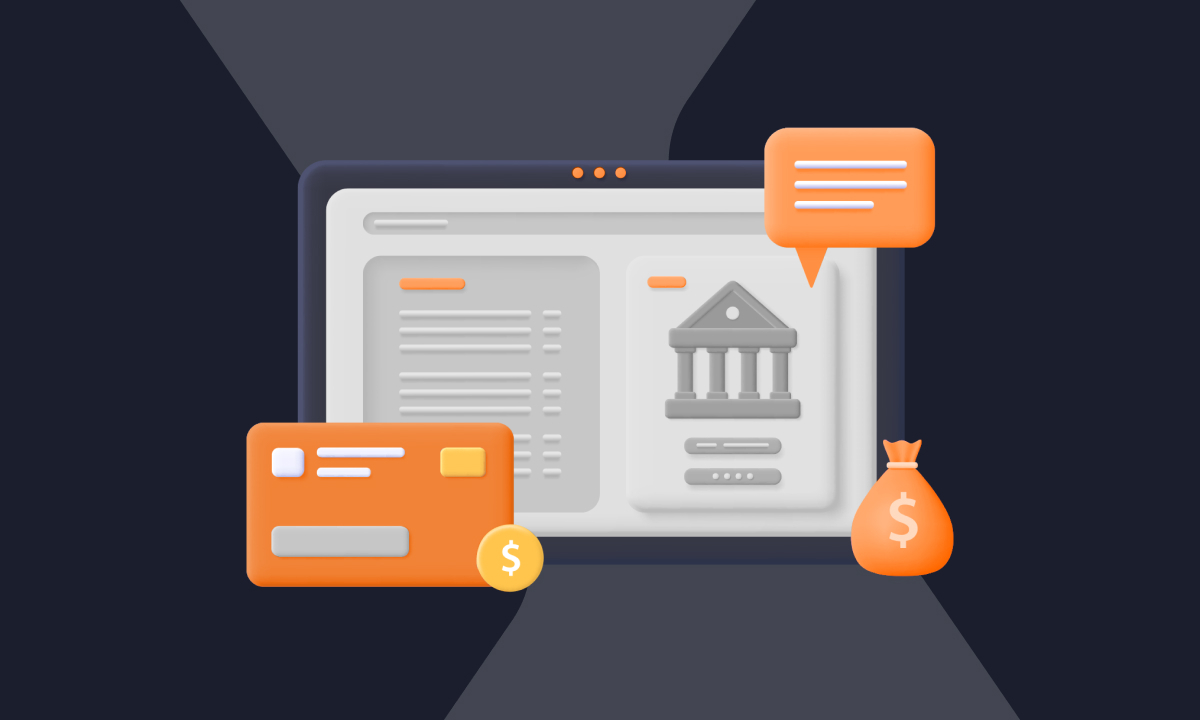Banking-as-a-Service (BaaS) is rapidly transforming the financial sector in the United States, enabling banks to deliver digital services through APIs and partnerships with fintech companies. Instead of building complex technology from scratch, banks can integrate pre-built financial tools into their systems, creating faster, more innovative customer experiences.
The goal of this article is to explain how US banks are embracing BaaS, the benefits it offers, and the implications for everyday consumers. By understanding the shift toward embedded financial services, readers can better anticipate how their banking interactions may change in the near future.
The rise of embedded finance

BaaS allows non-bank businesses—such as e-commerce platforms, mobile apps, or marketplaces—to offer banking products like checking accounts, loans, and payment processing directly to their customers. US banks supply the regulated infrastructure, while fintech partners provide the digital interface. This collaboration speeds up innovation and expands financial access to broader audiences.
For example, a ride-sharing app could offer drivers instant access to earnings through a bank-backed account, or an online retailer could provide embedded installment loans at checkout. These capabilities blur the line between traditional banking and everyday digital services, making finance more accessible and convenient.
Why banks are embracing BaaS
For banks, BaaS offers a new revenue stream and the opportunity to reach customers they might not acquire through traditional channels. By partnering with fintechs, banks can leverage advanced technology without significant development costs, while still maintaining regulatory compliance. This model allows them to stay competitive in a rapidly changing market.
Additionally, BaaS partnerships can help banks gather valuable customer data from partner platforms. This information can be used to develop targeted products, improve risk assessments, and personalize banking services—key advantages in an increasingly data-driven financial ecosystem.
What it means for consumers
For everyday users, the growth of BaaS means more convenient, integrated financial experiences. Instead of dealing with multiple logins and separate accounts, consumers can access banking services directly through platforms they already use. This reduces friction and offers faster, more seamless transactions.
However, it also raises important considerations around data privacy and security. While reputable BaaS providers follow strict regulations, consumers should understand how their financial data is shared between banks and third parties, and review the privacy policies of any platform offering embedded banking services.
Making the most of BaaS-enabled services
To take full advantage of BaaS offerings, consumers should evaluate the trustworthiness of the platforms they use, checking for established partnerships with regulated banks. They should also consider the benefits offered, such as lower fees, faster payments, or personalized loan options.
In addition, it’s wise to regularly monitor accounts for unusual activity and stay informed about the latest security features available. Awareness and proactive management can ensure that consumers enjoy the convenience of BaaS while minimizing potential risks.
A new chapter in digital banking
The adoption of Banking-as-a-Service by US banks represents a major step forward in the evolution of finance. By combining the security of regulated institutions with the innovation of fintech, BaaS creates opportunities for both banks and consumers to benefit from faster, more integrated, and highly personalized services.
As this model continues to grow, understanding how it works—and how to use it safely—will be essential for anyone navigating the future of banking. The shift to BaaS is more than a trend; it’s a structural change shaping the next generation of financial services.



